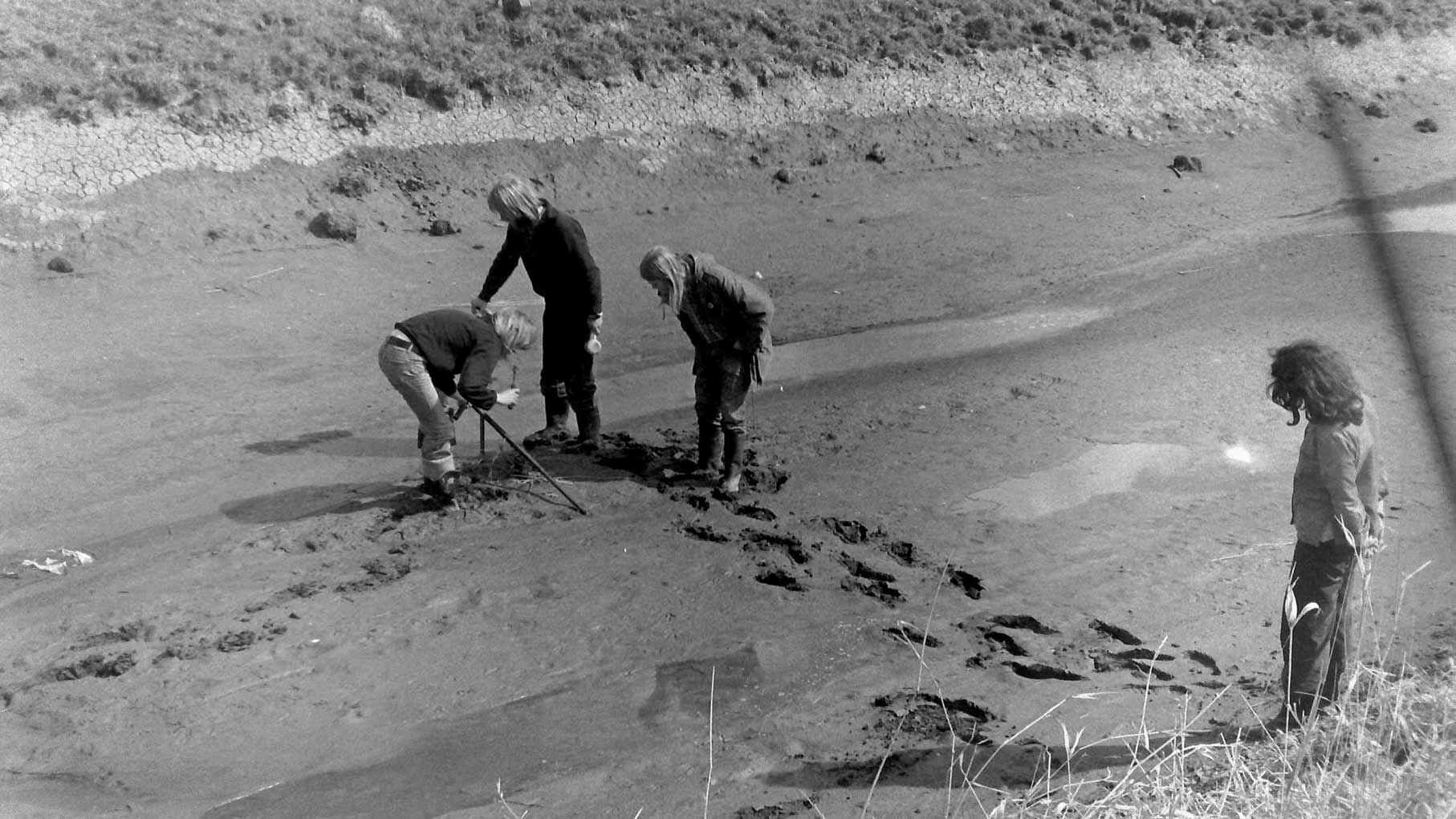
© Klaus Bätjer / Universität Bremen
“A Special Responsibility Towards the Environment”
Climate and environmental research at the University of Bremen since 1971
The University of Bremen is committed to the most pressing issue of our time: It is standing up for climate and environmental research in an urgent manner. The university is the only one in Germany that helped to establish the “International Universities Climate Alliance” (IUCA) — a network of 35 universities that are leaders in climate research on a global level. This type of dedication is not new. Environmental research has been going on for many years at the University of Bremen.
The Federal Republic of Germany in the 1970s: The years of economic boom are over and the price of the apparent development becomes visible — harmful emissions are polluting the air, water, and earth. At the same time, trust in the apparently clean nuclear energy is disappearing. The West Germans discover environmental protection and the red-yellow coalition under the lead of Chancellor Willi Brandt lays the foundations for the new field of environmental politics. New social movements, such as Greenpeace and the anti-nuclearpower groups, are established.
It is under such circumstances that the University of Bremen is established in 1971 and it is these conflicts that influence the university’s members. “Carrying out critical and socially relevant research was always the aim of the University of Bremen,” says Dr. Doris Sövegjarto-Wigbers, the director of the Sustainability Forum and the environmental manager at the university. Since its founding, the higher education institute has always felt a special responsibility towards the environment. University of Bremen members intensely looked at issues and problems from the field of environmental research right from the beginning. What topics were investigated in the 1970s and 1980s?
Addressing Problems with Teaching and Research
One example from the university’s early days is the project “Pollution Load in the Workspace and in the Industrial Unterweser Region” (“Schadstoffbelastung am Arbeitsplatz und in der Industrieregion Unterweser — SAIU”). It was an attempt to “address the urgent problems with teaching, research, and publications,” stated the participants in an intermediate report. Together with students, researchers have observed the ecological consequences of biological, chemical, and physical river strains since 1973. In terms of the Weser, these are; salt influx into the Werra due to the GDR potash mining, polluted substance influx from agriculture, and industrial waste water.
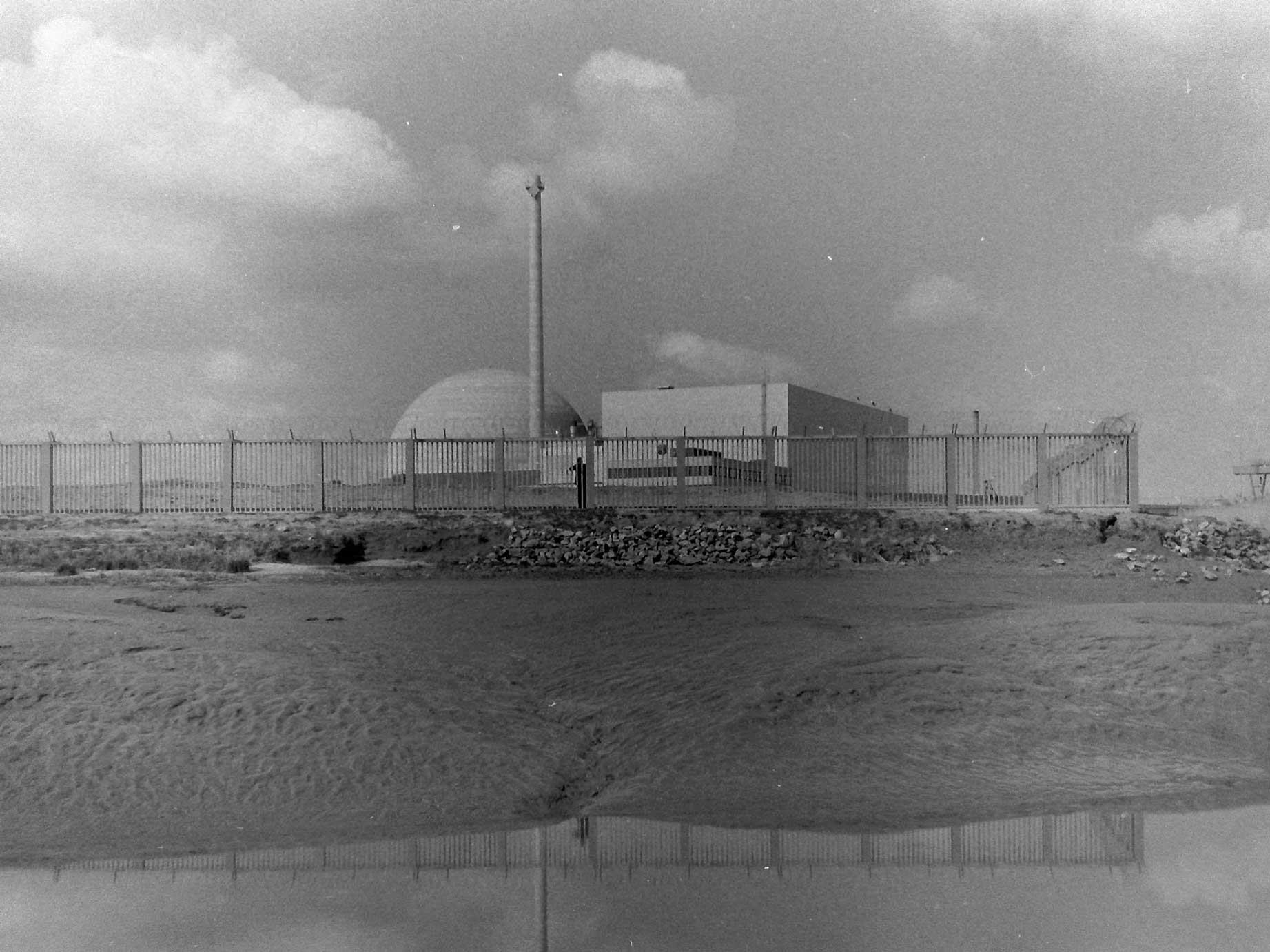
© Klaus Bätjer / Universität Bremen
In the middle of the 1970s, the investigations were expanded to include Bremen’s drinking water, which was made up of 20 to 30 percent of processed river water in certain districts. The findings that showed there were carcinogenic substances in the water led to discussions and conflict with the political sector and the public utility companies. The≈SPD Senator for Science Horst Werner Franke defended the study: “We should be happy that young Bremen students present extremely socially relevant investigations in their state examinations. That is exactly what we wanted when founding the uni.”
„I recognize the atmosphere of change that was around back then in the ‘Students for Future’ and ‘Fridays for Future’ movements today. That gives me hope.“ Dr. Doris Sövegjarto-Wigbers
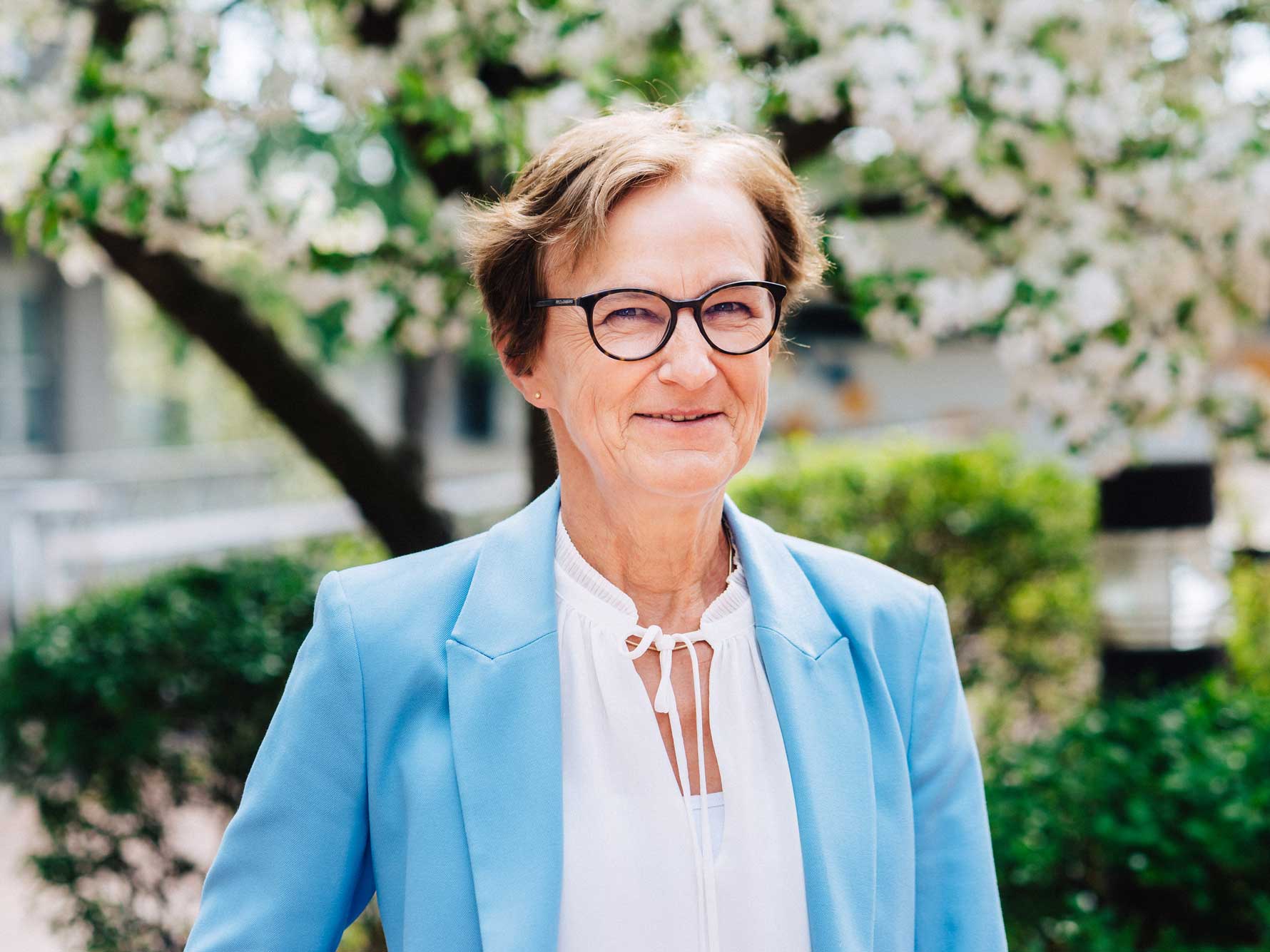
© Jonas Ginter / WFB
Looking for an Alternative to the Finite Resource that Is Oil
Another research focus stands around 45 kilometers to the north of Bremen’s city center; the Unterweser nuclear power station. In 1972, researchers reacted to the construction plans and founded a nuclear power working group as part of the SAIU project. Their results were clear: “We — the lecturers, staff, and students involved in the University of Bremen’s SAIU project — are unanimously of the opinion that the practical establishment of nuclear energy is not justified when taking the current status of science and technology into consideration.” They demanded that all construction work be stopped. They were well aware that they were combining science and activism and that was a risk they were willing to take: “We believe that the frequently cited responsibility of the researcher for the consequences of his/her work also entails actively participating in the political debates in order to contribute to the application of science and technology.”
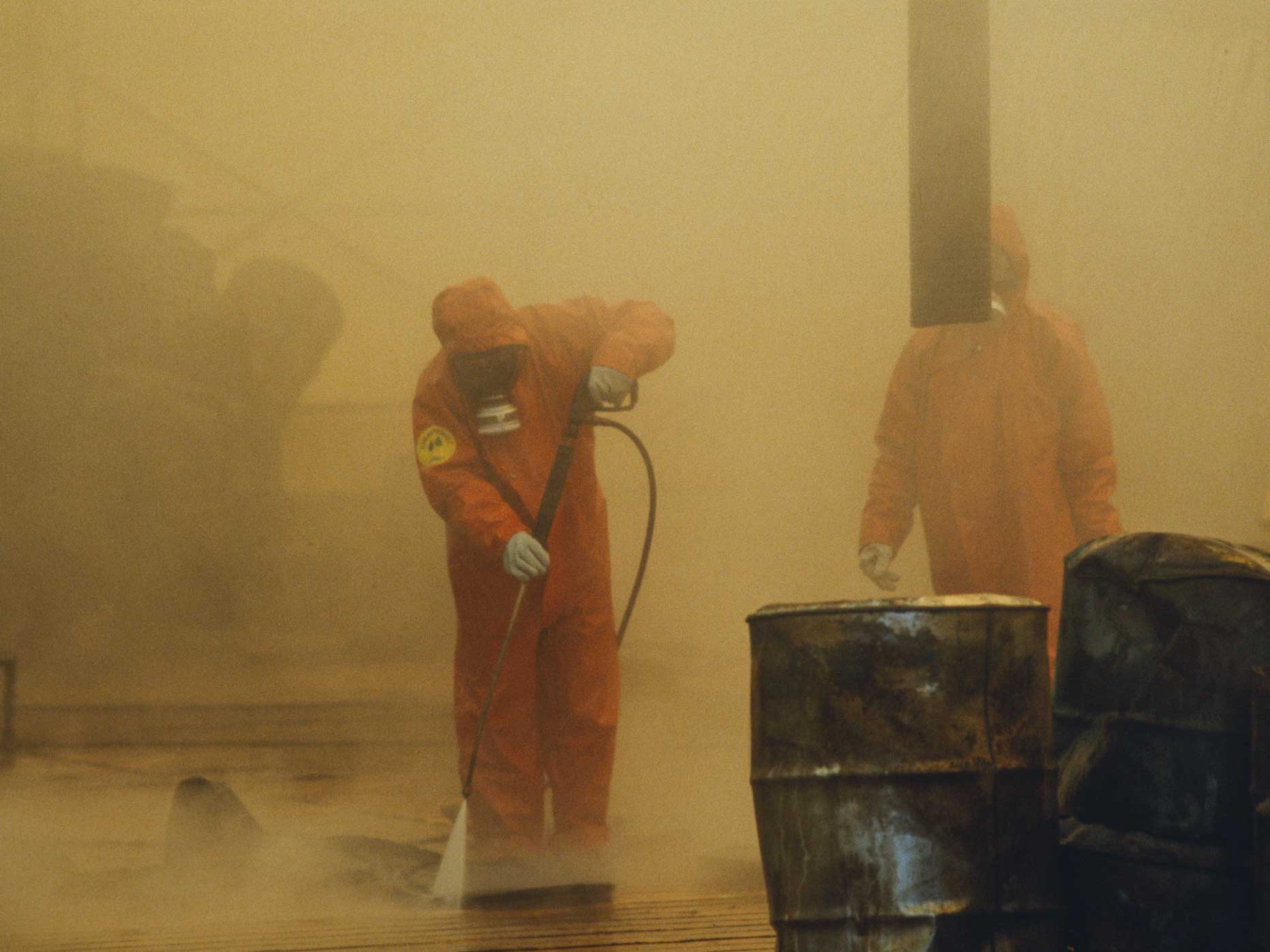
© Comet Photo AG (Zurich)
In 1973, the republic broke out into an “energy panic:” The oil price crisis made the dependency on this finite resource visible. Alternatives were being researched — also at the University of Bremen. In 1979, the University of Bremen presented current degree course projects as part of the “Energy and the Environment. Alternative Energies of the Future” exhibition. In biology, the acquisition of energy from sun stored in biomass was being researched. In physics, wind energy as an alternative to nuclear energy was the focus. In the work study degree, education material was developed in order to pass on knowledge of operating and maintaining alternative energy technology.
Paradigm Shift in Environmental Research
Alongside knowledge transfer, the exhibition is socially and politically motivated: Citizens’ hopes for a quick solution for all energy problems was to be dampened, “and not in order to dissuade them from alternative energy sources but rather — on the contrary — to gain the willingness to persevere for a long time, as was to be needed.”
Ozone holes, acid rain, and death of the forests increased environmental awareness in the 1980s. The Green Party won seats in the German Bundestag in 1983. Catastrophes, such as the reactor disaster in Chernobyl and the Sandoz chemical spill, catapulted environmental issues into the field of everyday politics. A paradigm shift took place in environmental research: Where damage descriptions and restoration of old burdens once took center-stage, a focus on how to avoid damage and the sensible forming of the human environment now became more important. Specific social policy issues were the center of attention. For example: How can these ecological goals be transformed into rational, economic behavior and how can environmental protection be shaped in a way that it is more compatible with society.
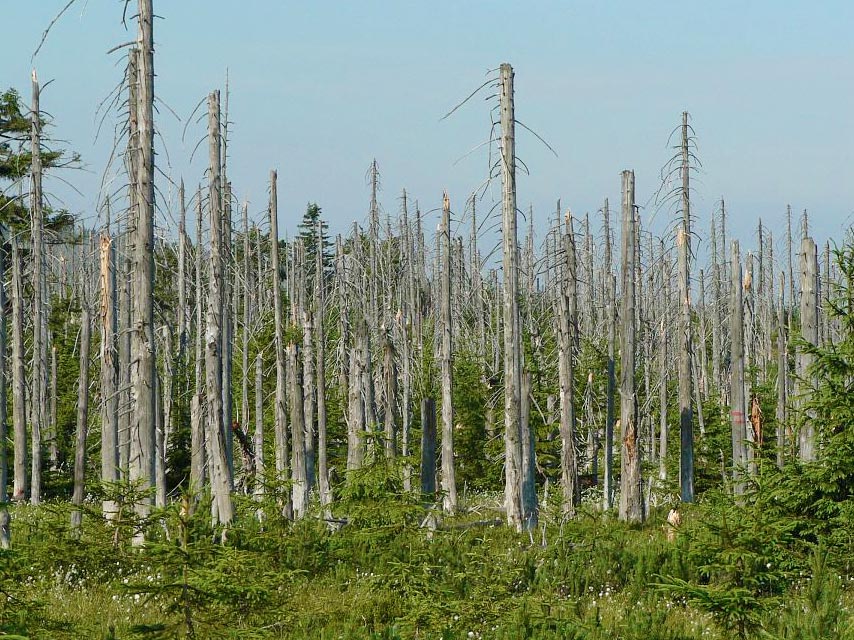
© Lovecz / wikimedia.org
Nearly 50 Research Projects on the Environment
In the 1980s, there were nearly 50 research projects at the University of Bremen that were made up of foundation and application research in all faculties that carried out their work “with dedication and responsibility for the environment,” stated President Jürgen Timm. They spanned from “Ecology and Its Biological Foundations” and “Construction Materials Made of Waste” to “Sport as an Environmental Problem. Criteria for Testing the Environmental Compatibility of Sport Facilities.”
Even the ecologically oriented restructuring of the economy formed the core of several projects in the faculties of social sciences, economics, and law. That is how researchers investigated the “Toxic Substance Loads in the Workspace,” “The Environmental and Law,” and “The Environment and Energy” together with the Chamber of Labour. The cooperation report from the “The Environment and Labor” project concluded, “that increased environmental protection is in no way a ‘job killer’.” It was findings such as these that the researchers passed on to society, for example in 1987 at the 9th Bremen science forum “Environmental Strains — Shaping the Environment.” The forum was to clarify “where science can contribute to environmentally-friendly behavior and in which direction the university, economy, and politics in Bremen should go in the close future.”
What becomes apparent when visiting the university’s archive: In the 1970s and 1980s, researchers already had answers to many of the issues that are the focus of today’s climate and environment debates. Environmental policy seems to be stalling. What are the chances that the 1.5-degree climate protection goal outlined in the Paris Agreement is still achieved? Doris Sövegjarto-Wigbers: “I recognize the atmosphere of change that was around back then in the ‘Students for Future’ and ‘Fridays for Future’ movements today. That gives me hope.”
How Climate and Environmentally Friendly Is the University Itself?
This is the question that students from the AStA Students’ Union posed in 1995. They then presented 19 suggestions for an ecologically efficient university. Director of Finance and Administration Gerd-Rüdiger Kück took their work seriously and commissioned the creation of an environmental board. In 1997, the university’s first environmental report documented its successes in terms of the whole institution’s environmentally-friendly behavior.
Today, the University of Bremen is on its way to becoming a climate- neutral campus and has stated its dedication to systemic climate protection. This dedication is certified, realized by means of specific measures to become climate-neutral, and is continually decided on as part of a joint process at the university. One example: All of the electricity that the university uses is green.
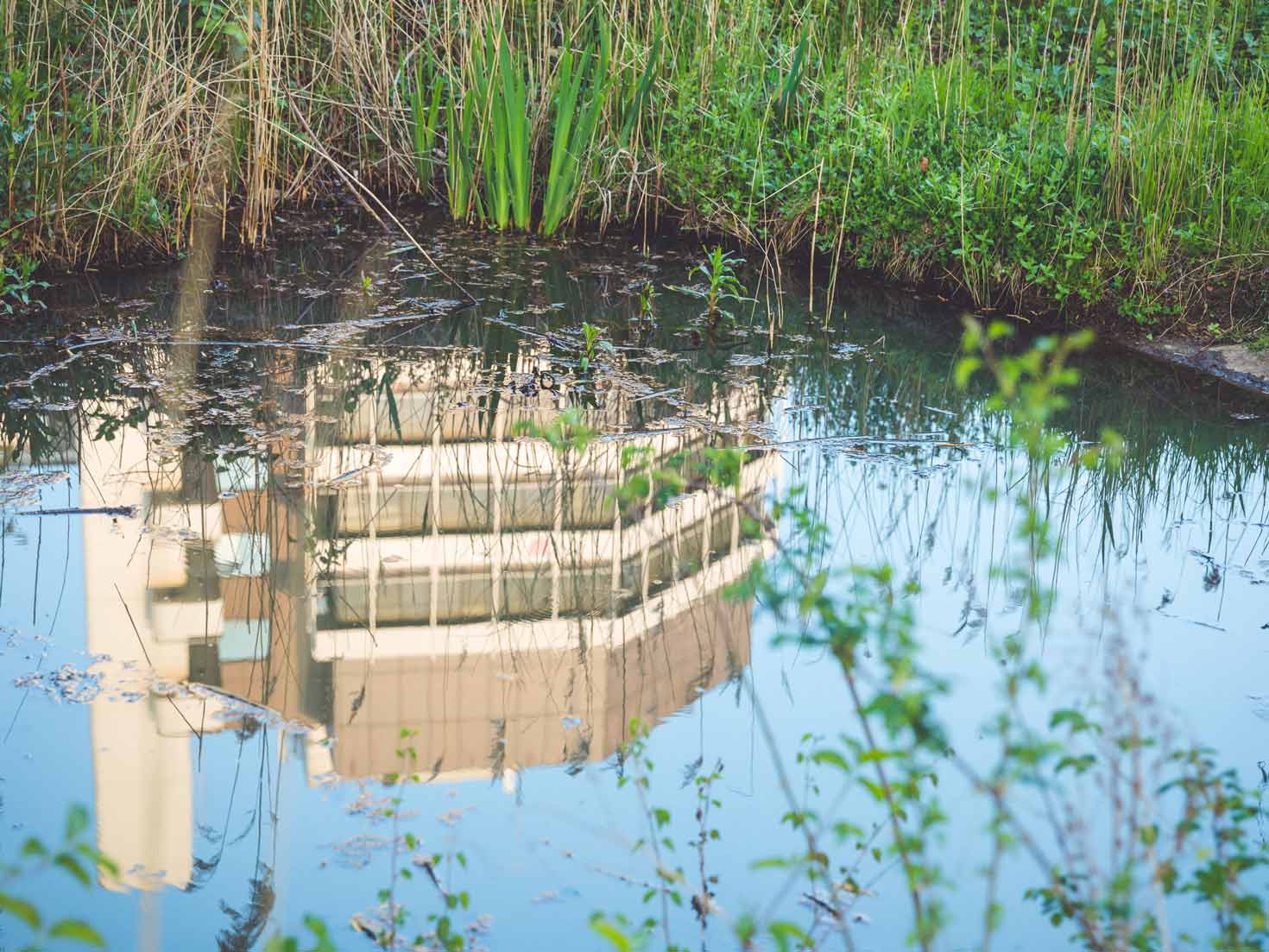
© Matej Meza / Universität Bremen
University members are also active as volunteers: With their cooperative “Uni Bremen SOLAR,” staff produce solar power using solar panels on university buildings. Students are supervisinga nature conservation group that is focused on biodiversity on campus. The aim is to create more living space for plants and insects. Many students are also part of the Students for Future climate movement.
The current University of Bremen paper on climate and environmental research in German and English can be downloaded at: https://www.uni-bremen.de/fileadmin/user_upload/presse/download/20210511_Klima_Universitaet.pdf